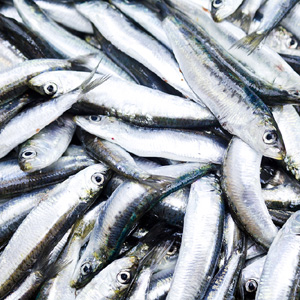Eating at restaurants has to rank as one of my favourite activities, and my go-to main course is most often fish. But I’m beginning to get a little confuzzled with all the talk about SASSI ‘lists’.
What can or can’t I eat? How was it caught? Is it local?! Gosh, I start to feel overwhelmed just thinking about it.
What is SASSI?
‘SASSI was started in 2004 to bring awareness to the Marine Living Resources Act’, says Janine Basson, manager of seafood consumer outreach at SASSI.
Green list: You’re in the clear. This is the most sustainable choice – think angelfish, dorado, snoek, hake, mackerel, and Alaskan salmon.
Orange list: You may want to think twice here. Concerns are raised either due to overfishing or because the fishing or farming method causes harm to the environment. It includes sole, swordfish, prawns and abalone.
Red list: Stop! Don’t eat. The list includes unsustainable species and many are illegal to sell in South Africa – such as steenbras, musselcracker and river snapper.
‘The Orange list is the most complicated because it’s tied to many ecological issues’, explains Basson. Kingklip is one such example from the list. Why then do restaurants still offer it?
‘I think the main reason restaurants sell Orange listed fish is because it’s easier to find a variety of Orange list species’, says Cape Town seafood supplier, Julie Carter of Oceans Jewel Fish. ‘I can get Kingklip any day of the week’.
This may be true but it does create a great deal of confusion in the minds of consumers.
Restaurants
Cape Town chef, Stefan Marais of Societi Bistro, supports sustainable seafood and says there’s no set fish dish on any of his menus. ‘This allows us the opportunity to shop around for Green listed species. We have made a commitment to use only Green listed fish.’
Well-known independent restaurant critic JP Rossouw believes that restaurants will change their menus through consumer awareness and pressure to follow SASSI guidelines. ‘If they do promote SASSI this certainly positively influences my opinion’, he says. ‘It usually also means that the restaurant sources better ingredients in other areas too – as it shows a progressive approach.’
The Greenhouse (Eat Out restaurant of the year in 2012), offers a 6-course seafood menu featuring, amongst others, sustainably farmed Kabeljou. ‘Another great fish is mackerel’, says Executive chef, Peter Tempelhoff, who supports SASSI wholeheartedly. ‘It’s a wonderful fish to grill or lightly salt then pickle in rice vinegar for an hour… awesome for sushi or sashimi.’ Tempelhoff says that chefs and restaurateurs can play a big part in the fight against overfishing, but it has to be a collective voice.
The same goes for consumers such as Andy Fenner (Aka JamieWho) who points out, ‘The public need to be willing to try new species and also to ask questions about sustainability’.
Is there anything wrong with using good old hake? ‘For me it still remains an absolutely belting fish’, Andy says, and adds that he is a huge sucker for good sardines done simply with chilli oil and tons of garlic.
What you can do to support sustainable fishing
You need to ask questions:
1. What is it?
2. Where is it from?
3. How was it caught or farmed?
‘The consumer is the last word’, Rossouw says, ‘and therefore carries the most responsibility’.
Visit the SASSI mobi site – which allows you to access the SASSI seafood database from your phone, or use the FishMs by simply typing the name of the seafood species into a text message and send it to 079 499 8795. You’ll receive a response telling you what category the seafood falls into.

